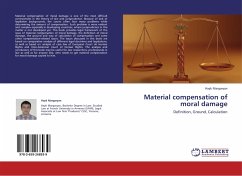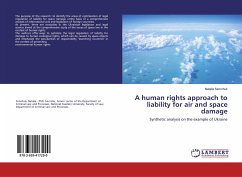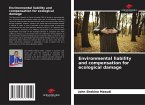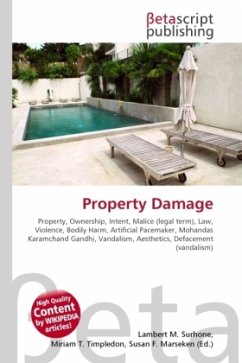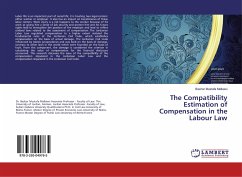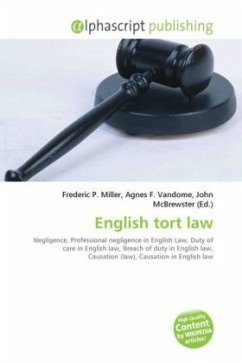In English law, causing criminal damage was originally a common law offence. The offence was largely concerned with the protection of dwellings and the food supply, and few sanctions were imposed for damaging personal property. Liability was originally restricted to the payment of damages by way of compensation.As time passed, specific laws were introduced to deal with particular situations as they were judged to require intervention, most particularly alongside the rise of mechanisation and urbanisation during the Industrial Revolution.A number of statutory provisions creating offences of damaging specific types of property were consolidated by 7 & 8 Geo.4 c.30 (1827) (Malicious injuries to property) which was one of Peel's Acts. This Act and a number of subsequent statutes were consolidated by the Malicious Damage Act 1861.The modern law of criminal damage is mostly contained in the Criminal Damage Act 1971, which redefines or creates several offences protecting property rights. The Act provides a comprehensive structure covering merely preparatory acts to the most serious offences of arson and causing damage with intent to endanger life.
Bitte wählen Sie Ihr Anliegen aus.
Rechnungen
Retourenschein anfordern
Bestellstatus
Storno



